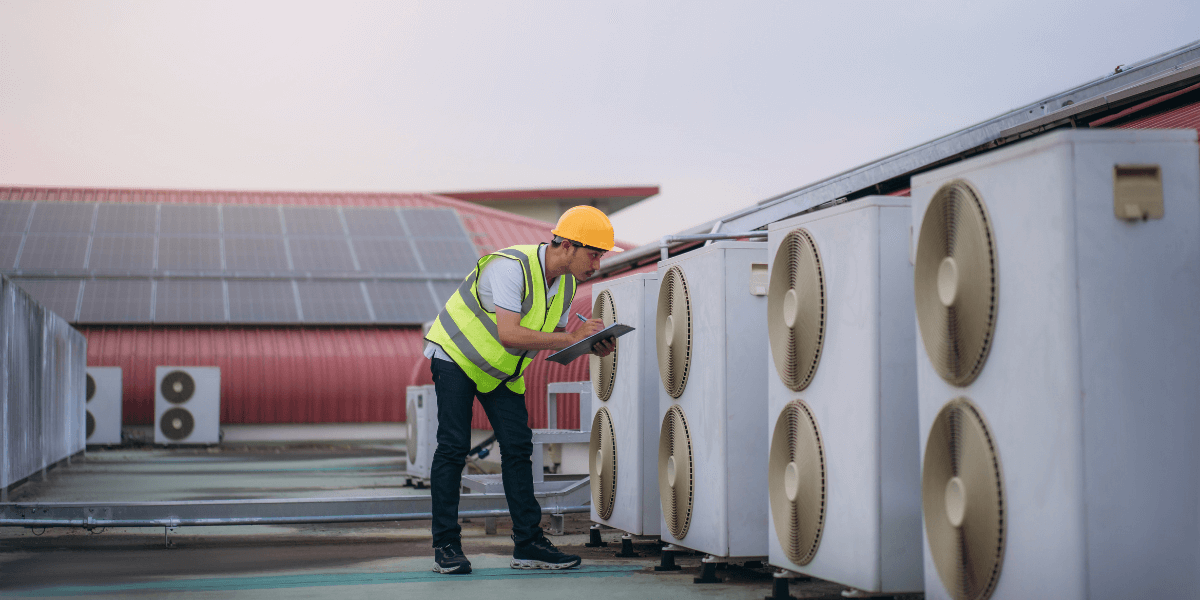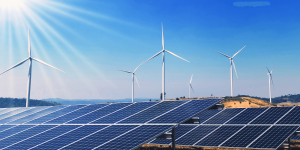Heat recovery in industrial processes: a still untapped potential
Recovering waste heat from industrial processes can reduce consumption and emissions, but an integrated strategy combining technology, analysis, and energy management is required.

Waste heat represents a valuable resource for industrial energy efficiency , but much of this potential remains untapped.
Industrial thermal efficiency: where the real savings lie
In the industrial sector, most energy consumption is related to thermal processes: heating, vaporization, cooling, and drying have a significant impact on overall costs and emissions. Yet, despite their impact, these processes remain among the most difficult to optimize.
One of the most significant areas for improvement concerns waste heat recovery, i.e., the ability to reuse thermal energy lost during production cycles. This resource is abundant—for example, in exhaust gases or hot fluids—but is often wasted unnecessarily.
Through mature technologies such as heat exchangers, industrial heat pumps, ORC (Organic Rankine Cycle) and cogeneration systems , this heat can be transformed into useful energy to power other processes, reducing overall demand and emissions.
The limitation isn't technological, but rather managerial: many companies still lack a precise mapping of their heat flows or a plan to integrate them into existing systems. Thermal efficiency therefore remains an achievable goal, but still under-achieved.
Strategies and technologies for valorizing waste heat
To make heat recovery a competitive advantage, it's necessary to adopt a systemic approach that combines energy diagnosis, design, and integrated management. It all starts with a flow analysis: identifying where and how much heat is lost, at what temperature, and with what potential for reuse.
In high-temperature processes, heat can be recovered and reused directly in the production cycle, for example, to preheat air or process water. In low-temperature processes, technologies such as industrial heat pumps can raise the thermal level of waste heat, making it useful again for other applications.
Integration with digital monitoring and process automation systems also allows for real-time performance monitoring and optimization of the plant's overall energy management.
In addition to cost savings, the adoption of heat recovery strategies contributes to industrial decarbonization, improving the environmental footprint and facilitating access to national and European incentives and financing tools.
Related Focus







